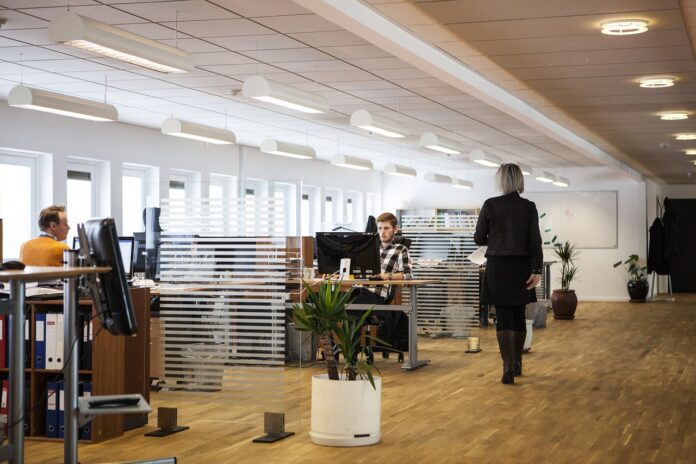In today’s technology-driven world, the traditional conference room has transformed into a dynamic space where collaboration, communication, and creativity thrive. To meet the evolving demands of modern business practices, integrating advanced audiovisual (AV) solutions into conference rooms has become essential.
Innovative AV Solutions for Modern Conference Rooms
Interactive displays and touchscreens have revolutionized the way meetings are conducted, replacing static whiteboards and projectors. These advanced displays allow participants to interact directly with content, making it easy to annotate, draw, or manipulate data in real time. Whether brainstorming ideas, presenting complex data, or conducting training sessions, interactive displays encourage active participation and foster engagement.
Wireless presentation systems eliminate the need for cumbersome cables and adapters, which can clutter conference rooms and disrupt the flow of meetings. By enabling seamless connections from any device to the room’s display system, these conference room systems facilitate smoother transitions between speakers. Presenters can share their screens with the touch of a button, creating a more fluid and efficient presentation experience. Wireless systems also support multiple devices simultaneously, making it easier for teams to collaborate and share information without the technical difficulties often associated with wired connections.
With the rise of remote work and global collaboration, high-quality video conferencing solutions have become indispensable in modern conference rooms. These systems, such as Zoom Rooms, Microsoft Teams Rooms, or Cisco Webex Rooms, offer crystal-clear video and audio, ensuring that remote participants feel as though they are physically present in the room. Advanced features like facial recognition, voice tracking, and background noise cancellation enhance communication clarity, creating a more immersive and effective meeting experience for all attendees, regardless of location.
Acoustics are often overlooked in conference room design, but they are crucial for creating an environment conducive to clear communication. Acoustic treatments, such as sound-absorbing panels, can reduce echo and improve speech intelligibility. Additionally, sound masking systems can minimize distractions from outside noise or ensure privacy by covering up conversations within the room. Together, these solutions create a more focused and comfortable meeting space, allowing participants to concentrate fully on the discussion at hand.
Finally, the integration of collaborative software tools with AV systems enhances the efficiency and productivity of meetings. Platforms like Microsoft Teams, Slack, or Trello can be integrated into the room’s AV setup, allowing participants to share documents, collaborate on projects, and manage tasks in real-time. This seamless integration ensures that all relevant information is accessible during the meeting, and follow-up actions can be tracked and executed efficiently, creating a more cohesive and productive work environment.
Conclusion
The modern conference room is no longer just a meeting space; it’s a vital component of a company’s collaborative and communication strategy. By incorporating these innovative AV solutions, businesses can create environments that not only meet the demands of today’s fast-paced work culture but also foster innovation, engagement, and productivity. As technology continues to advance, the possibilities for enhancing conference rooms will only expand, making them even more integral to business success
























